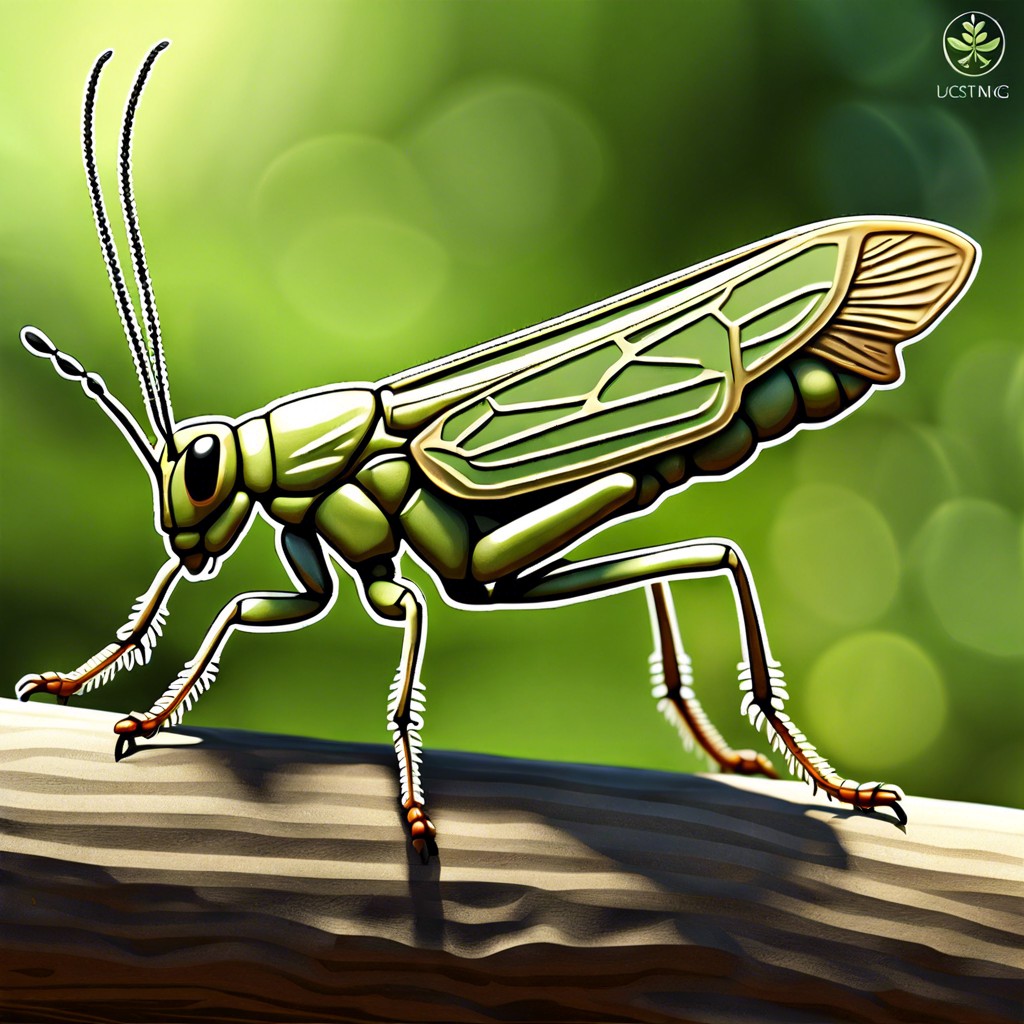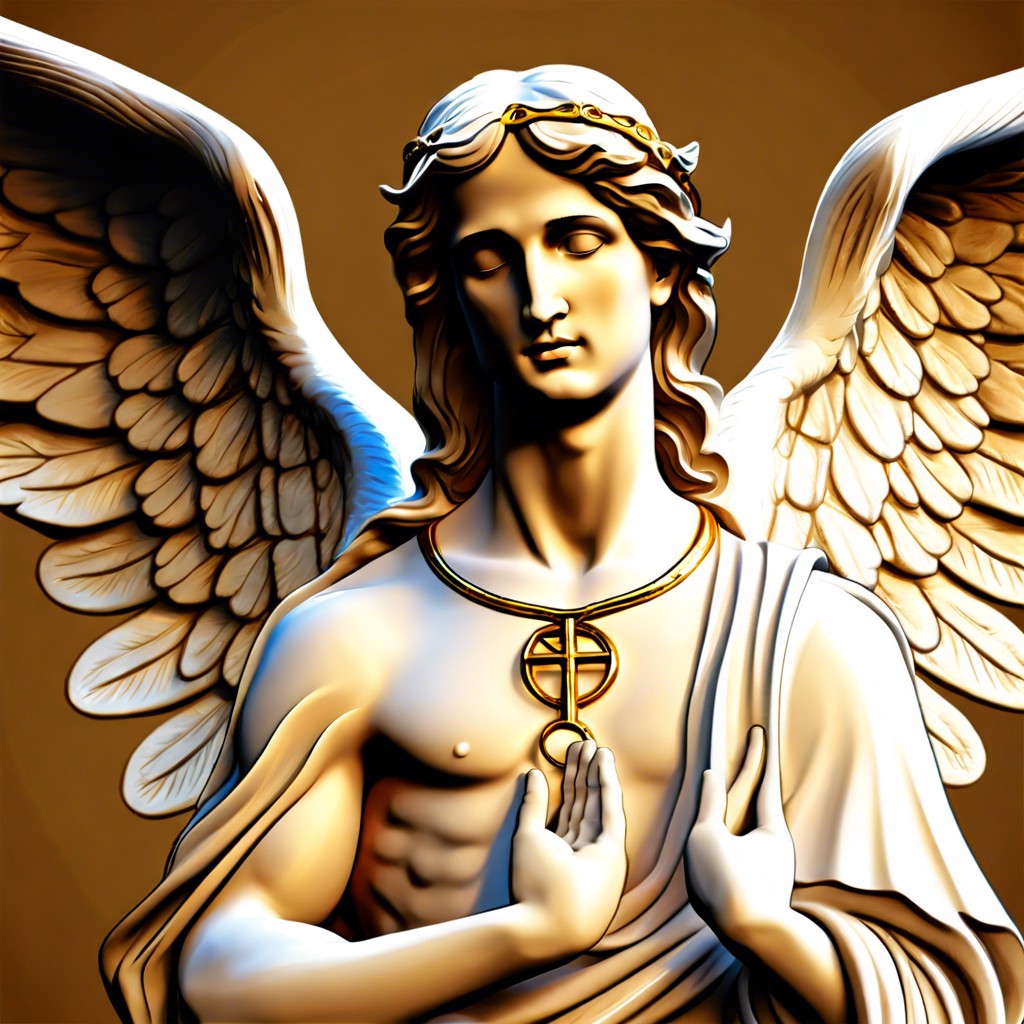In this article, discover the profound spiritual meanings associated with locusts, uncovering their symbolism of transformation, destruction, and renewal.
Locusts have long fascinated and frightened humanity, featuring prominently in various spiritual traditions. From biblical plagues to symbols of metamorphosis, resilience, and community, these insects carry profound meanings. Delve into their deeper significance as we explore locusts in the realms of transformation, warnings, and collective strength. Discover how these enigmatic creatures reflect broader spiritual truths and insights.
Key takeaways:
- Locusts symbolize transformation, destruction, and renewal.
- Biblical locust references stress punishment, transformation, and renewal.
- Locusts embody change, renewal, and letting go of the old.
- Locusts signify warnings, challenges, and self-reflection.
- Locusts represent resilience, unity, growth, and collective strength.
Biblical References and Symbolism

In the Bible, locusts are often depicted as instruments of divine intervention. They symbolize both punishment and transformation. In the Book of Exodus, a swarm of locusts is sent as one of the ten plagues upon Egypt, representing God’s judgment.
They also appear in the Book of Joel, where locust plagues are a call for repentance. This emphasizes their role as a harbinger of change, urging people to reflect and renew their ways.
Beyond punishment, locusts in Scripture point to resilience. Despite their destructive power, they clear the way for new growth. Thus, they embody the cyclical nature of destruction and creation, a theme deeply rooted in spiritual rebirth.
Transformation and Renewal
Locusts often symbolize significant change. Their life cycle itself is a testament to transformation. Initially, they are solitary creatures. Yet, under specific conditions, they undergo a dramatic shift, changing into swarming entities.
This shift embodies the concept of renewal. It reminds us that transformation is sometimes necessary for growth. Embracing change can lead to new beginnings.
In many cultures, locusts represent cleansing. They clear away the old to make space for the new. This can be a powerful reminder in our own lives to let go of outdated habits. Renewing our perspective can open doors to new opportunities.
Thus, locusts encourage acceptance of the inevitable cycles of life, promoting the idea that transformation is a vital aspect of existence.
Omens and Warnings
Locusts have long been seen as harbingers of change, often signaling the need for awareness and action. They remind us that disruptions can sometimes be necessary for growth.
In many cultures, a swarm of locusts indicates a period of challenge. It’s a symbol urging one to prepare and adapt. This concept aligns with the idea that spiritual warnings often push us to face and overcome obstacles.
Seeing locusts might also prompt self-reflection. Are there areas of life being neglected? What needs to be addressed before it becomes overwhelming?
In essence, locusts encourage vigilance. Paying attention to their presence can help navigate life’s inevitable upheavals.
Resilience and Survival
Locusts are a powerful symbol of resilience and survival. They endure harsh conditions and come out stronger, embodying nature’s tenacity.
Their ability to adapt showcases their inner strength. They navigate changing environments and find sustenance where others might falter.
Locust swarms illustrate the power of collective effort. Together, they overcome obstacles, emphasizing the strength found in unity.
Their lifecycle, from nymph to mature insect, highlights growth and renewal, reinforcing the idea of bouncing back from adversity.
Collective Consciousness and Community
Locusts often move in large swarms, symbolizing the power of collective effort. They remind us that working together can achieve much more than individual effort alone.
Their synchronized movement highlights unity. It’s a call to come together with our communities, working towards common goals.
Observing locusts can inspire us to consider how our actions impact the larger group. They teach us that in unity, there is strength and resilience.
Locusts also demonstrate effective communication. Their ability to coordinate suggests the importance of clear, purposeful dialogue within our communities.
Lastly, they embody the idea of shared resources and responsibilities. Just like a swarm, we thrive when we share and support each other.





